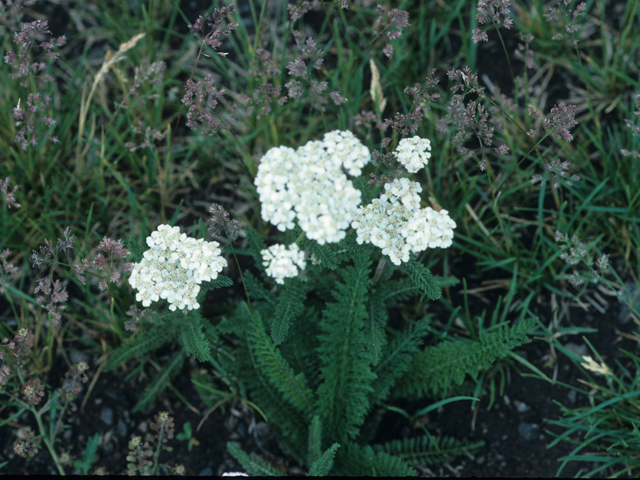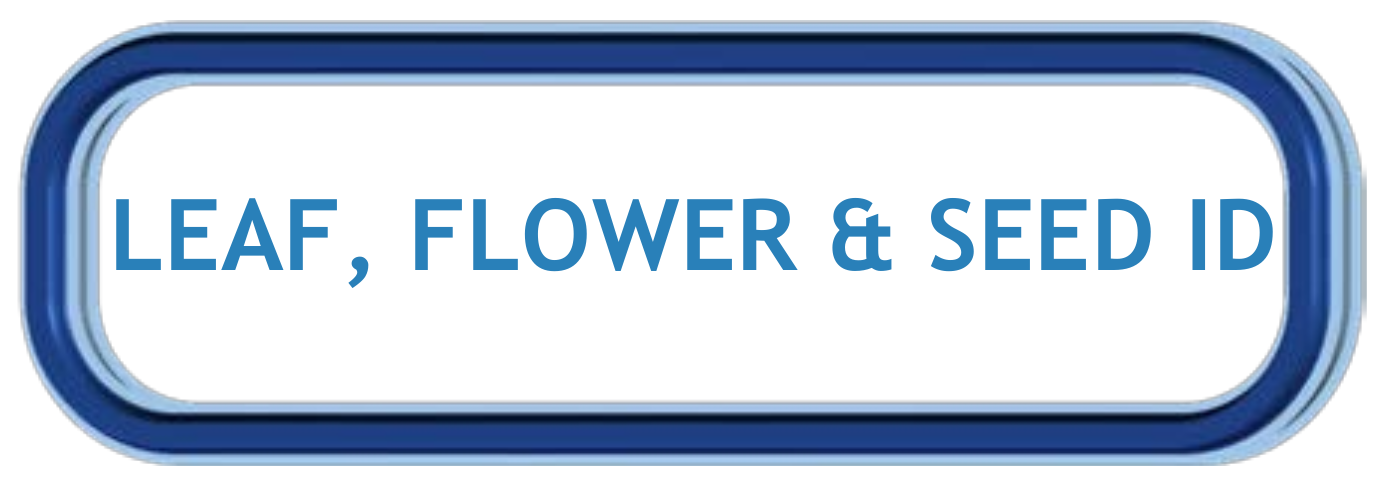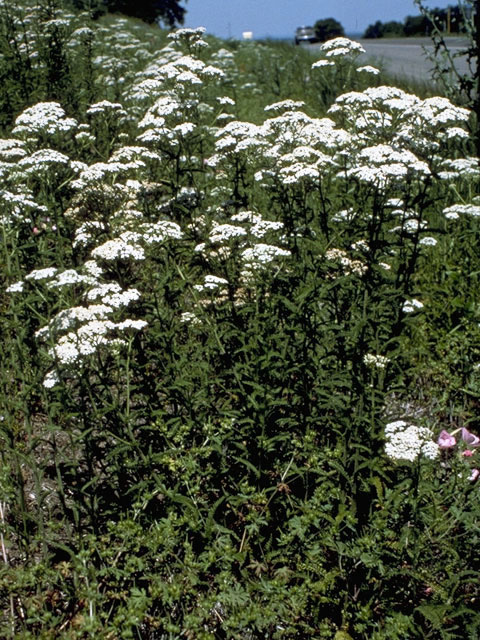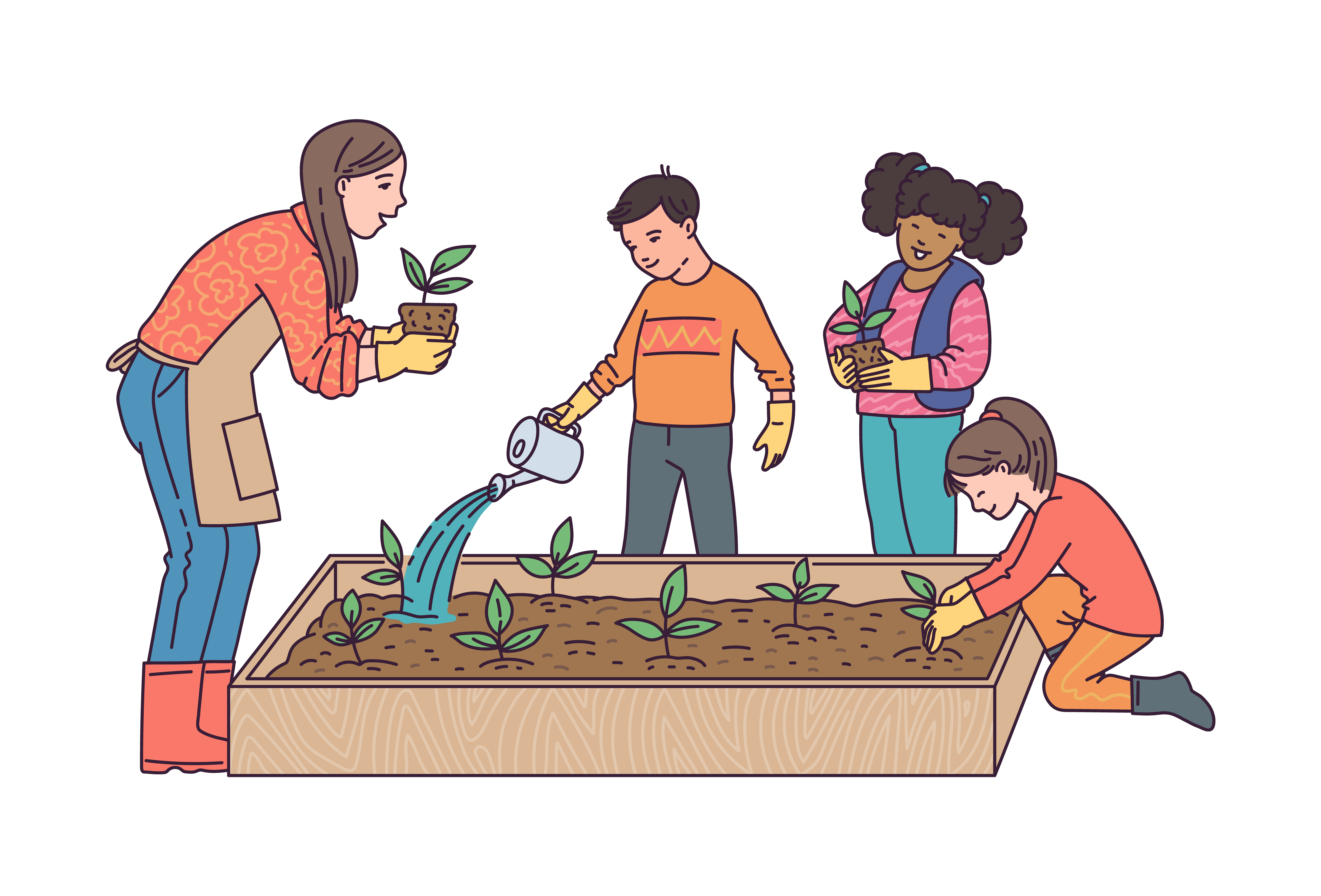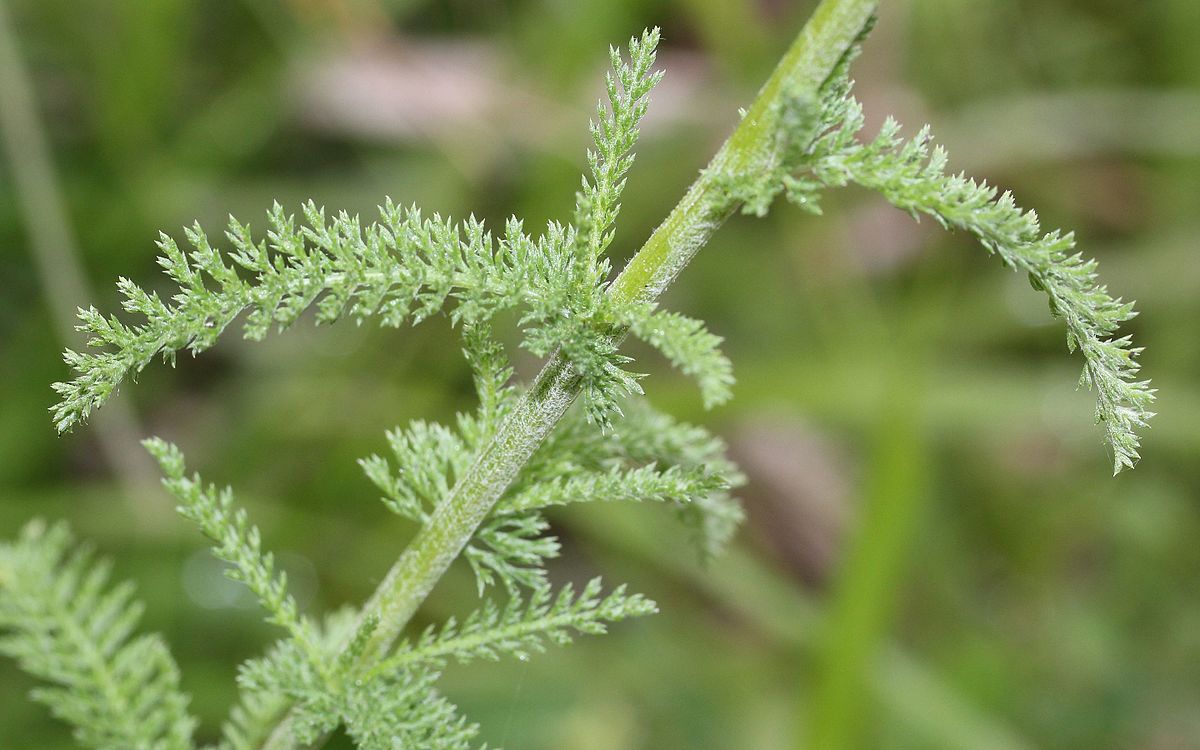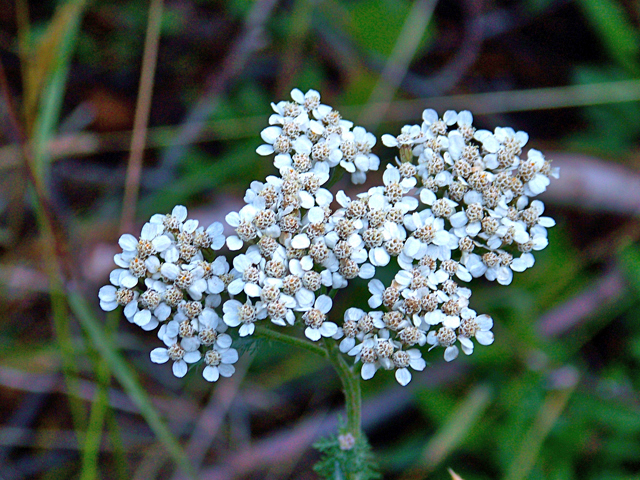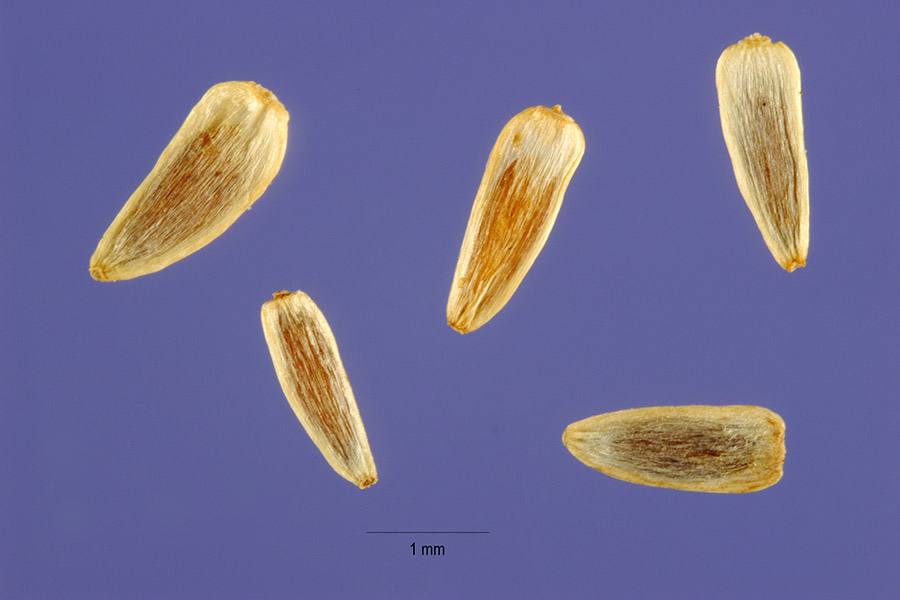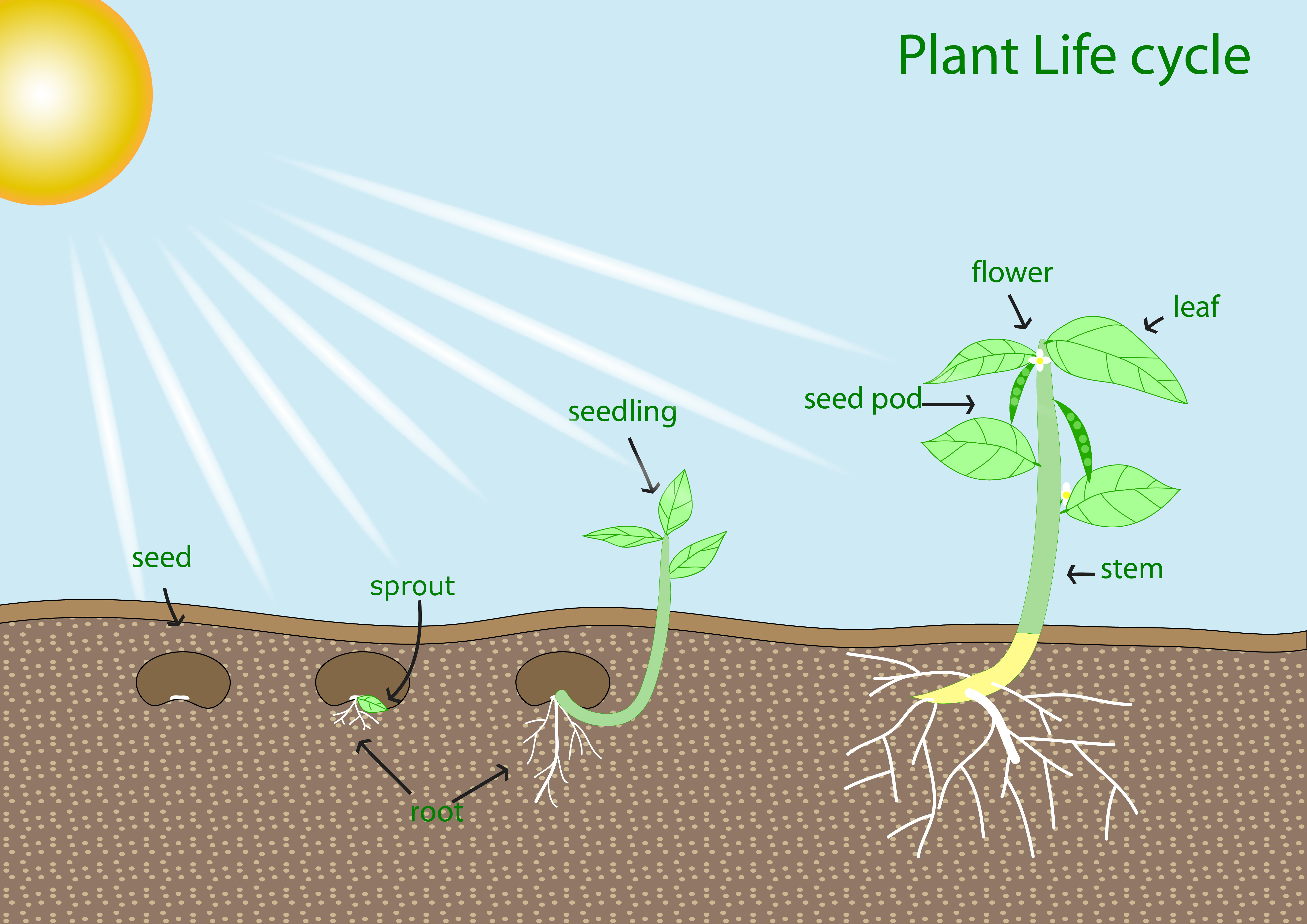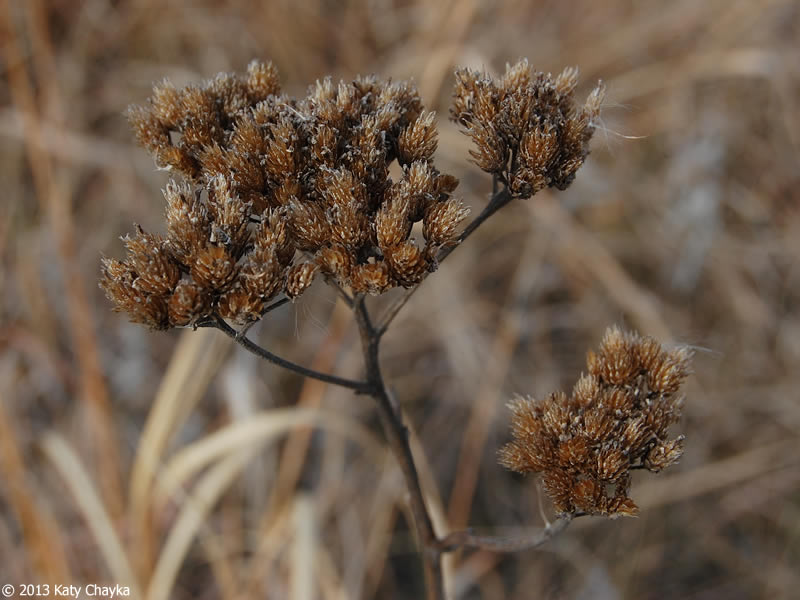Dig into Plants: Common Yarrow
| Common Yarrow Other Common Names: Yarrow, Western Yarrow, Milfoil Scientific Name: Achillea millefolium Native to Alabama: Yes |
|
Lady Bird Johnson Wildflower Center Sally and Andy Wasowski Click on image to enlarge it |
Learn more about...
| Ecological Benefits |
| This plant provides food for: | |||
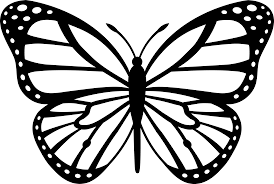 |
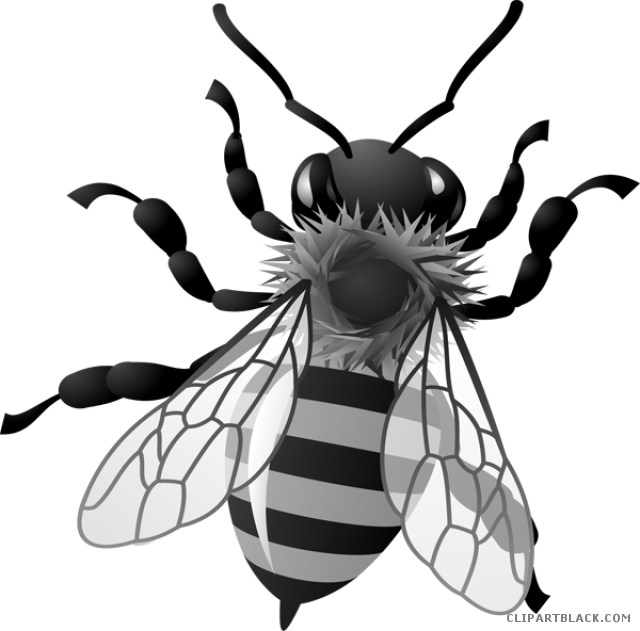 |
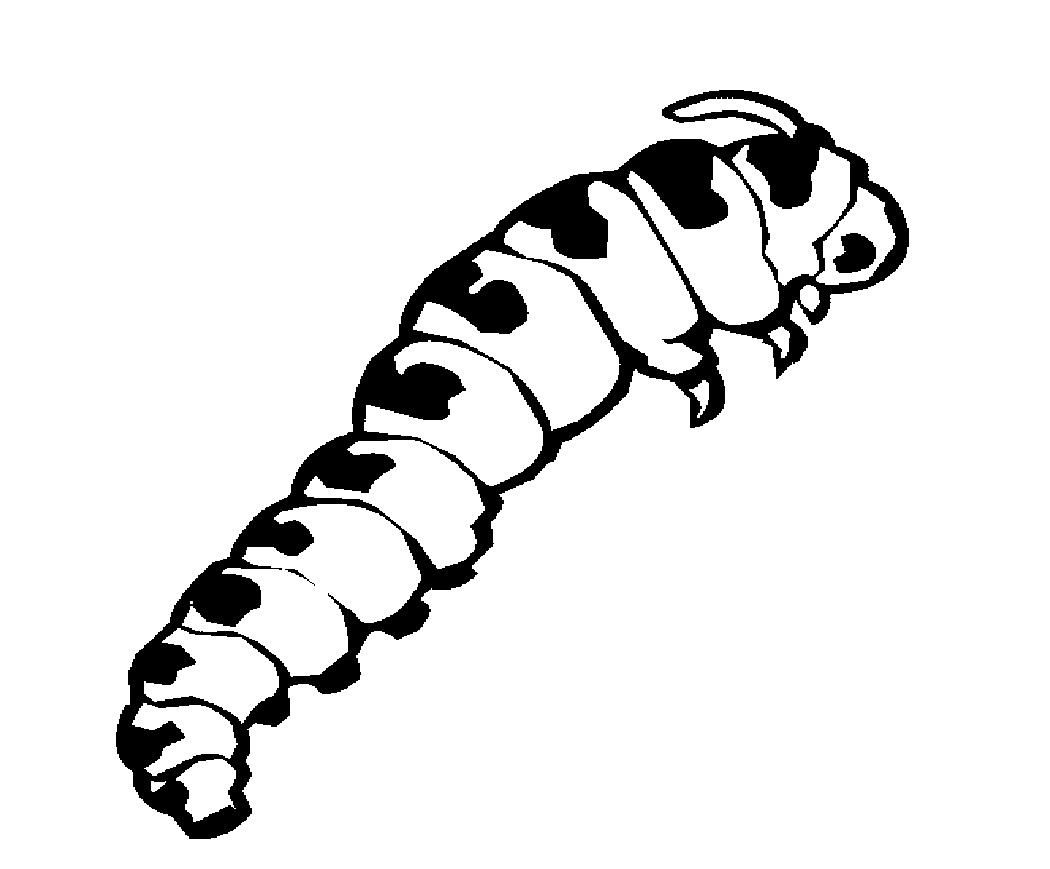 |
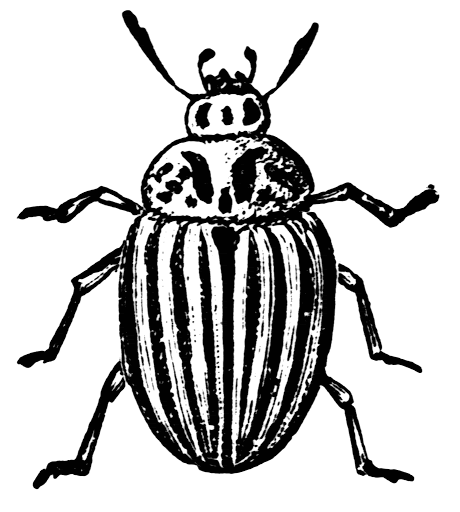 |
| Butterflies | Native Bees | Caterpillars | Other Pollinators |
| Painted Lady | |||
| Habitat Requirements | |||
| This plant prefers: | |||
|
(6+ hours of sun per day) (2-6 hours of sun per day) |

Prefers dry soil |
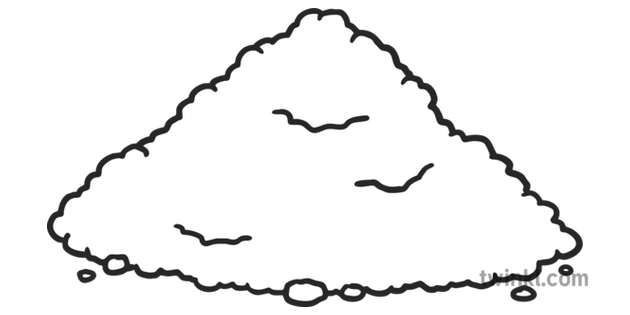 Well-drained, Sandy, Well-drained, Sandy,or Loamy |
|
| Leaf, Flower & Seed Identification | ||||
| LEAF DESCRIPTION |
Wikipedia
Alpsdake Click on image to enlarge it |
|||
| Leaf Characteristics Chart (JPG) | ||||
| Shape: Lanceolate |
Margin: Lobate |
Arrangement: Alternate |
Form: Double Compound |
|
|
|
|
|
|
|
| Description: | ||||
| Leaves are 3 – 5 inches long with many leaflets on each side of middle vein and those are further divided into smaller leaflets; lace or fern-like appearance; leaves are evenly distributed along the stem, with leaves near the bottom and middle of the stem being largest; leaves have varying degrees of hairiness | ||||
| FLOWER DESCRIPTION |
Lady Bird Johnson Wildflower Center Terry Glase Click on image to enlarge it |
|||
| Flower Shapes Chart (JPG) | ||||
| Color: Yellowish-white |
Shape: Saucer-shaped |
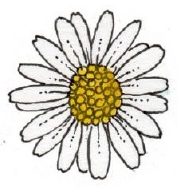 |
Bloom Months: April - July |
|
| Description: | ||||
| Large, compact, flat-topped cluster of 1 or more flower head; each flower head is made of 20-3-8 white-yellow ray florets (narrow, petal-like, infertile floret that surround the disk) and 10-20 white-yellow disk florets (tubular, fertile floret that forms disk) | ||||
| SEED DESCRIPTION |
USDA PLANTS database
Steve Hurst Click on image to enlarge it |
||
| Type: Fruit - Winged Seed Pod |
Description: small, light tan, winged |
Months in Seed: Summer |
|
| Plant spreads by: | |||
| Seeds and Rhizomes/ Tubers/ Roots & Shoots Underground rhizomes spread and create new clumps of plants |
|||
ADDITIONAL RESOURCES FOR TEACHERS
| Quick Fact Sheet (Condensed Species Info) |
Plant ID Sign: Ready as-is PDF |
Plant ID Sign: Editable Word Doc |
QR Code (Links to this Webpage) |
INFORMATION SOURCES FOR THIS PLANT
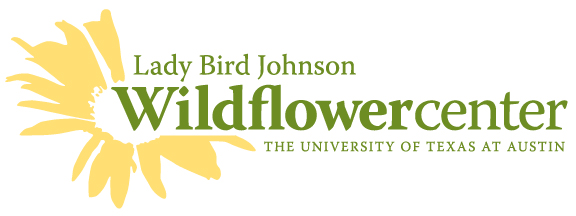 |
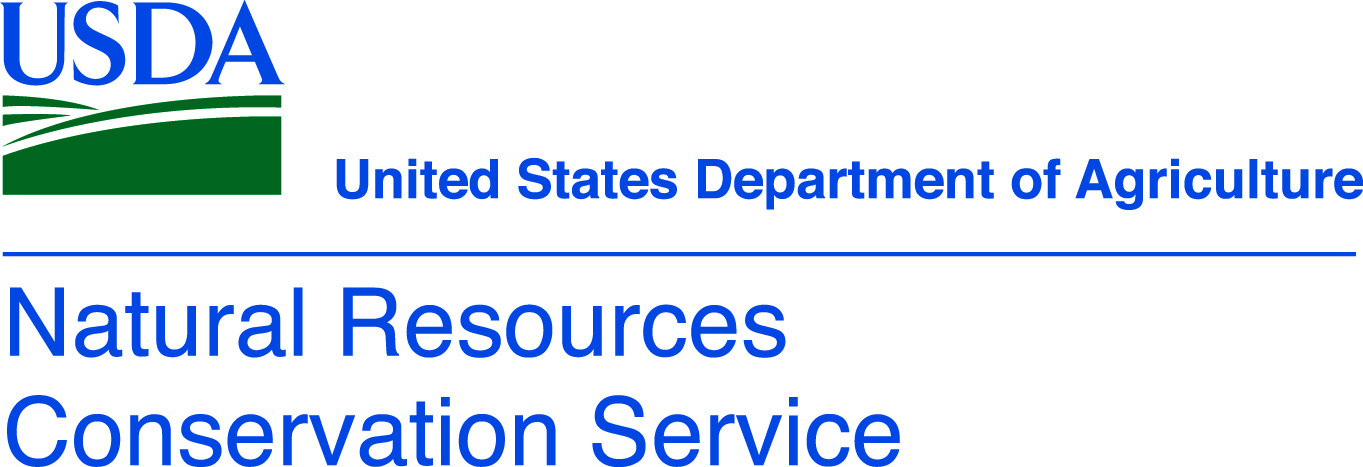 |
|
|
|
|
|
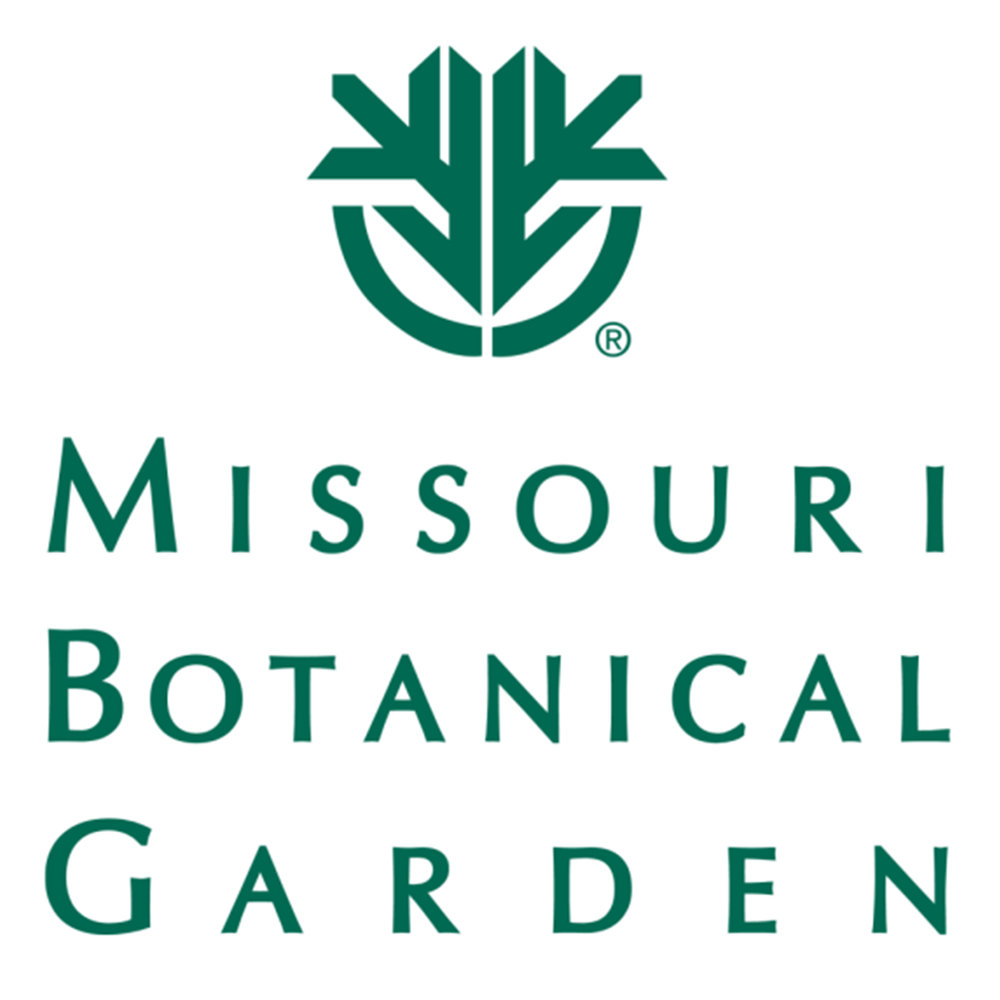 |
 |
.
 Wildlife Tag
Wildlife Tag
